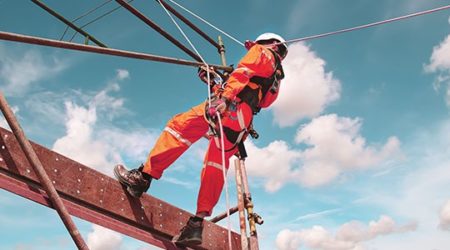Ensuring Safe Electrical Environment for Elderly
To ensure a safe electrical environment for the elderly, it’s essential to take proactive steps to minimize hazards and prevent accidents.
Here’s a guide to achieving that:
1. Home Inspection and Upgrades
- Hire a licensed electrician to inspect the electrical wiring, especially in older homes.
- Upgrade outdated wiring to meet modern safety standards (e.g., replacing knob-and-tube wiring).
- Install ground fault circuit interrupters (GFCIs) in areas near water (bathrooms, kitchens) to prevent electrical shocks.
2. Proper Outlet and Plug Safety
- Install tamper-resistant outlets or outlet covers to prevent accidental contact.
- Ensure all outlets and switches are firmly installed without cracks or wear.
- Avoid overloading outlets with multiple plugs; use surge protectors instead of extension cords.
3. Cord Management
- Use short cords where possible to avoid tripping.
- Ensure cords are not run under carpets or rugs, which can cause overheating.
- Secure cords away from walking paths and use cord organizers to avoid clutter.
4. Appliance and Equipment Safety
- Regularly check all appliances for frayed cords or damage. Replace faulty equipment immediately.
- Teach the elderly to unplug appliances when not in use, especially in the kitchen or bathroom.
- Use automatic shut-off appliances for safety (e.g., kettles, irons) to prevent overheating.
5. Lighting Adjustments
- Ensure the use of the correct wattage bulbs in lamps and fixtures to avoid overheating.
- Install motion-sensor lights or easy-to-reach switches to prevent fumbling in the dark.
- Place nightlights in hallways and bathrooms for nighttime safety.
6. Accessibility and Simplicity
- Ensure that electrical outlets, switches, and controls are easily accessible and not placed in hard-to-reach locations.
- Label or color-code switches and controls for ease of use, particularly for those with memory or vision impairments.
8. Educate on Electrical Safety
- Teach the elderly how to recognize signs of electrical danger, such as flickering lights, warm outlets, or unusual appliance behavior.
- Provide instructions for the safe use of modern electrical devices, especially for individuals unfamiliar with newer technology.
- Encourage them to report any concerns or malfunctions immediately.
9. Backup Power Supply
- In areas prone to outages, consider installing a reliable backup power supply or generator to keep essential devices running, such as medical equipment.
10. Regular Maintenance
- Conduct routine checks on electrical systems, appliances, and outlets to ensure they remain in good working order.
- Replace or upgrade equipment that shows signs of wear or is not functioning properly.
These measures, when applied regularly, will help create a safe and comfortable electrical environment for elderly individuals, reducing the risk of accidents and electrical-related injuries.












Leave a Reply